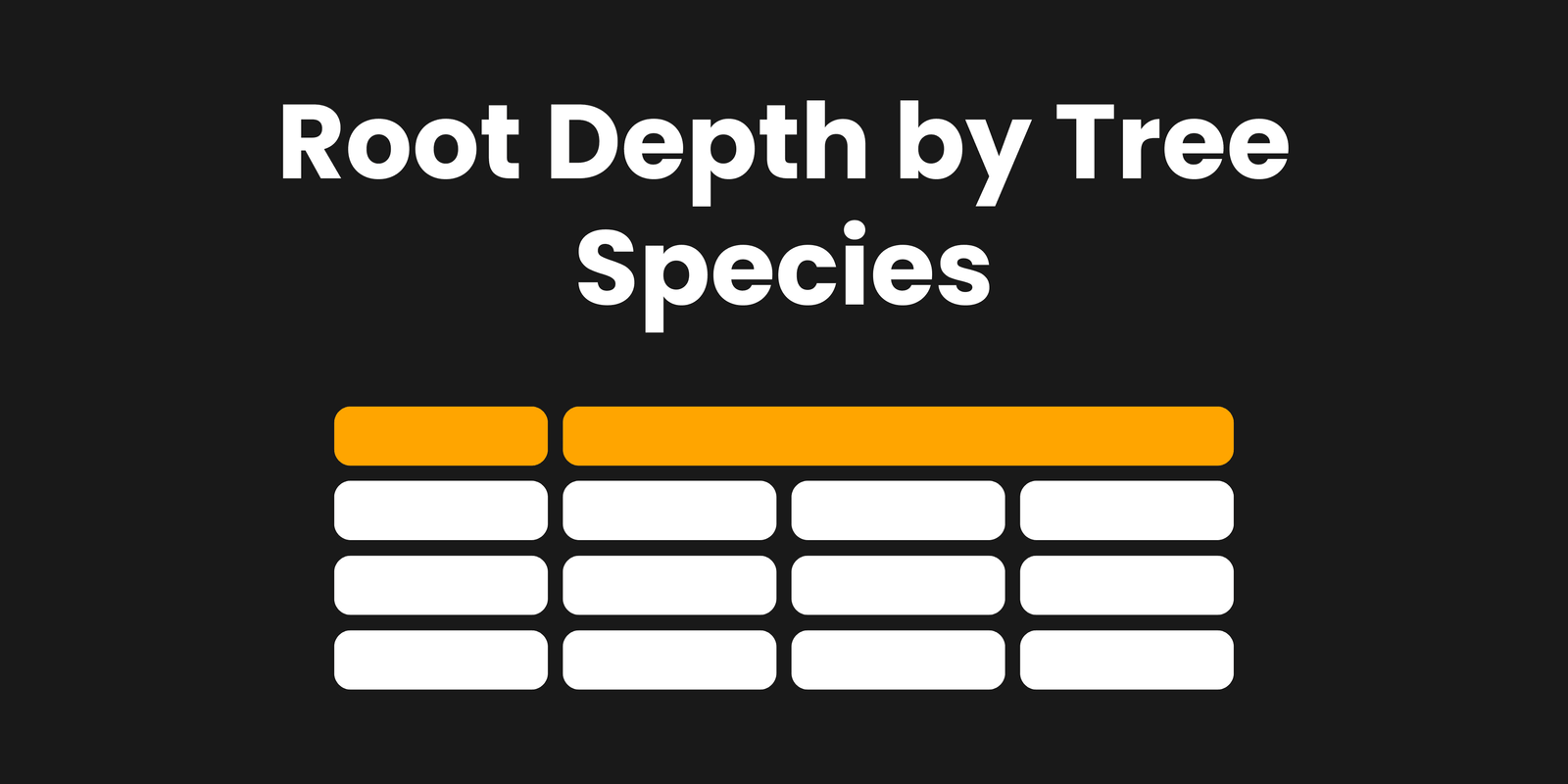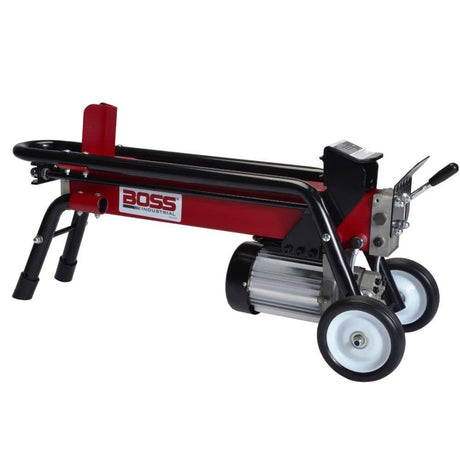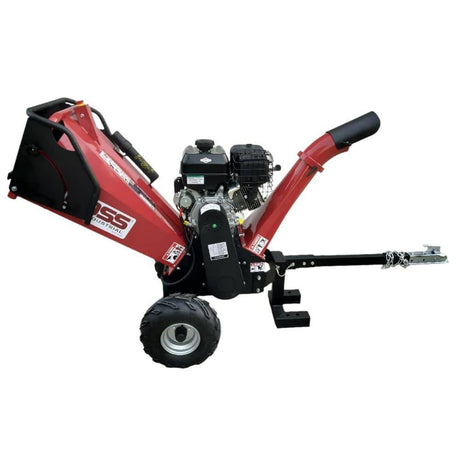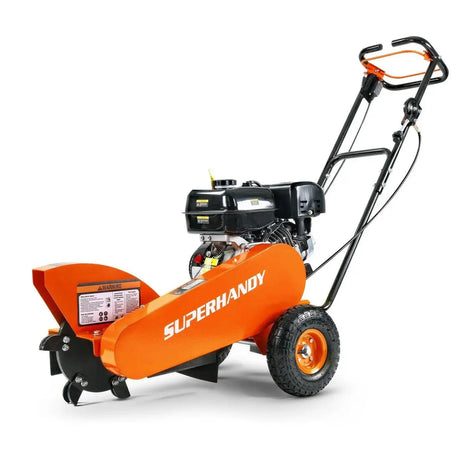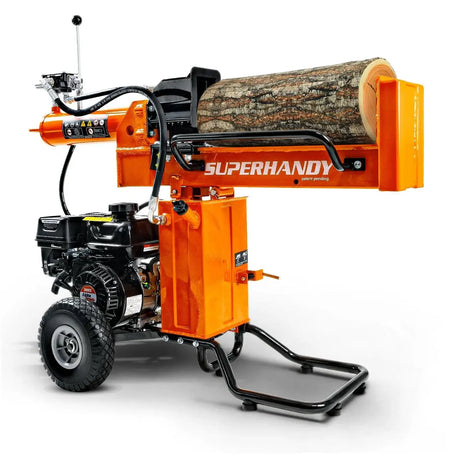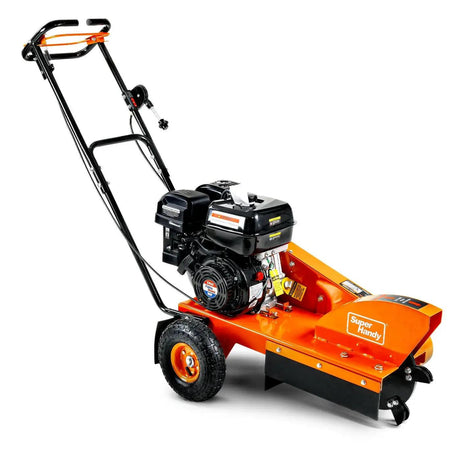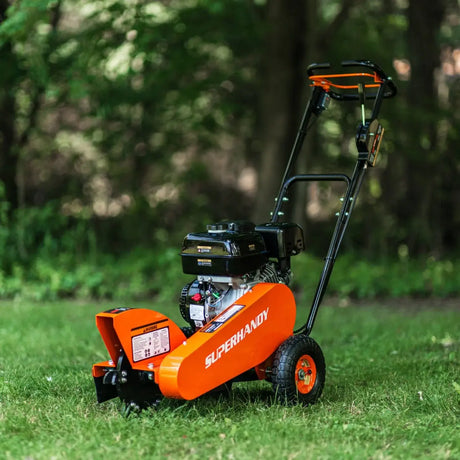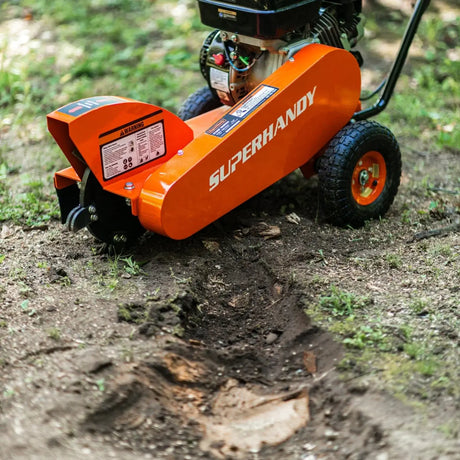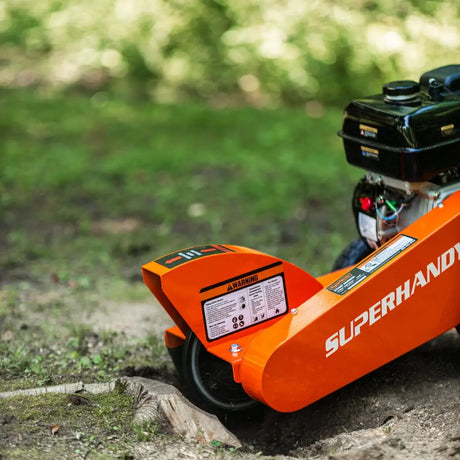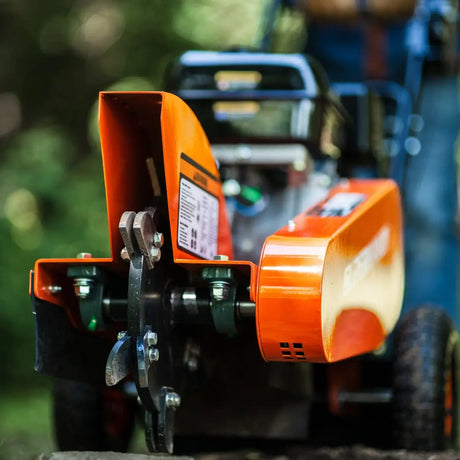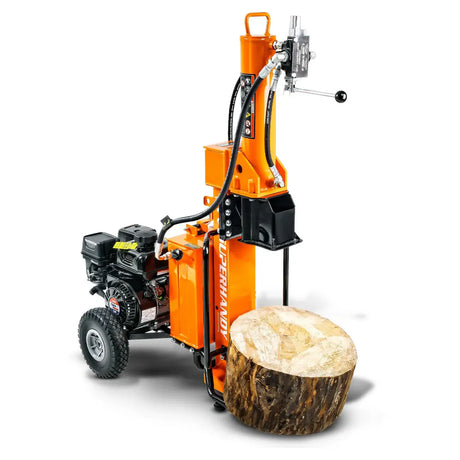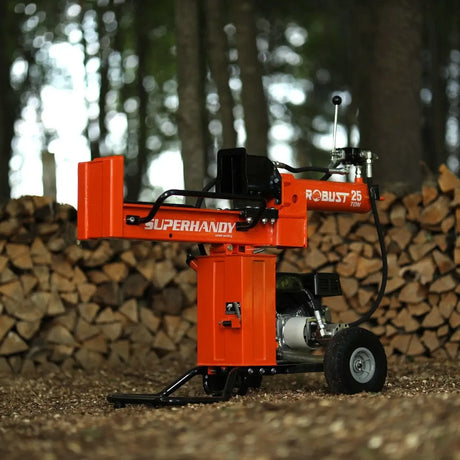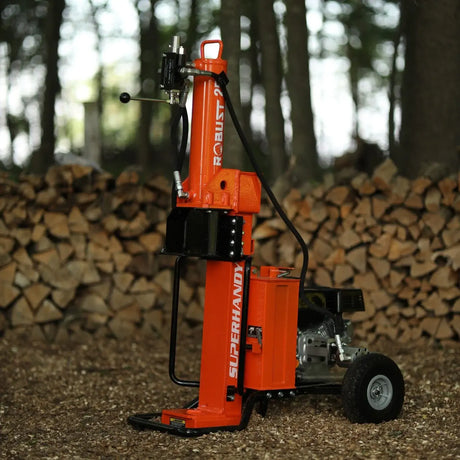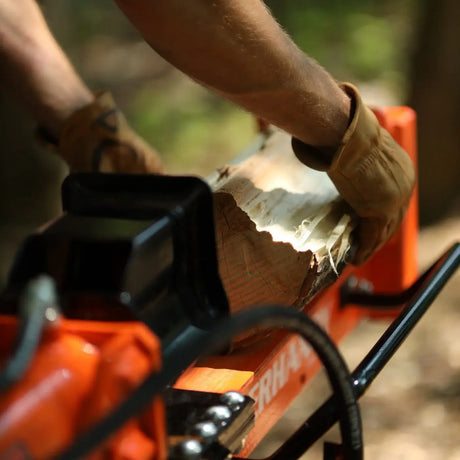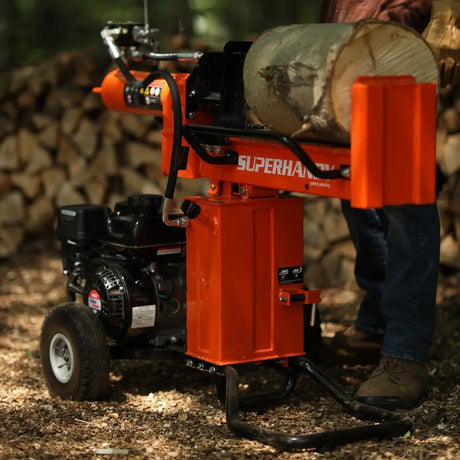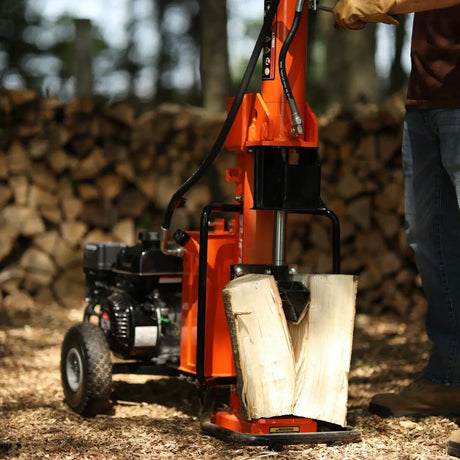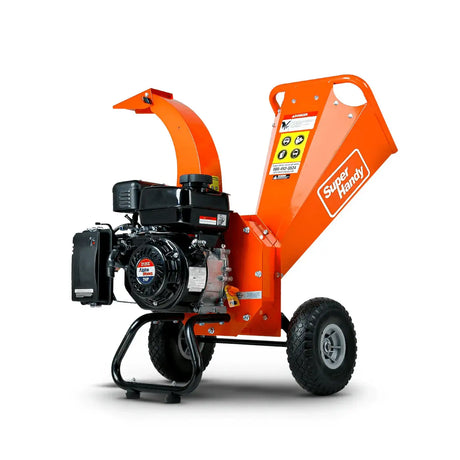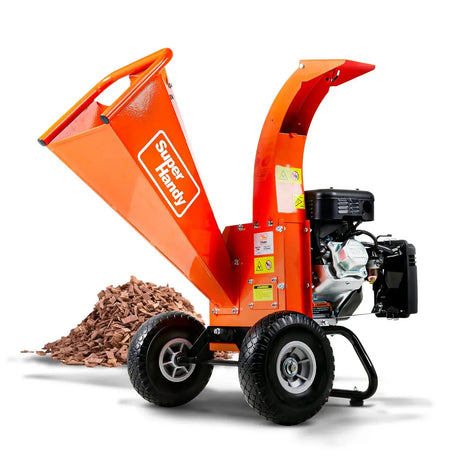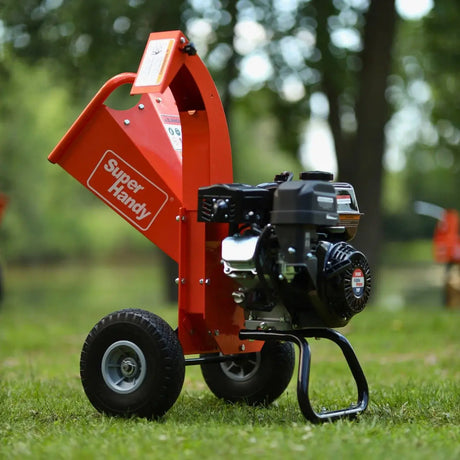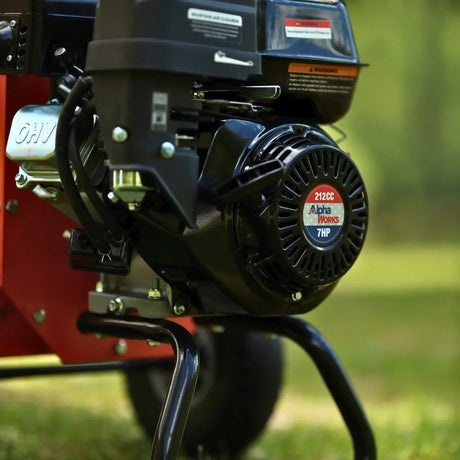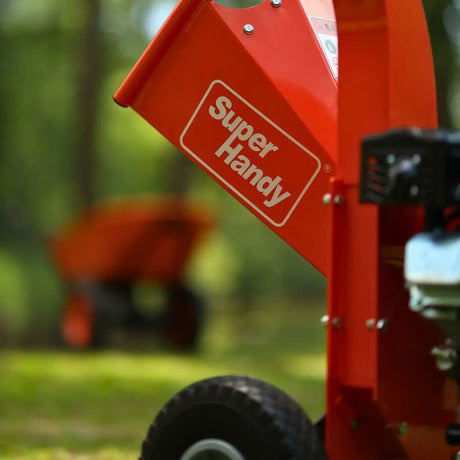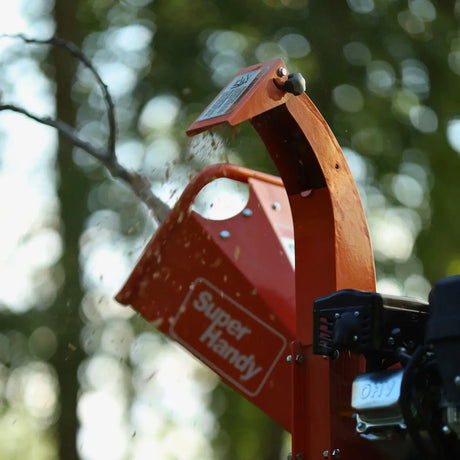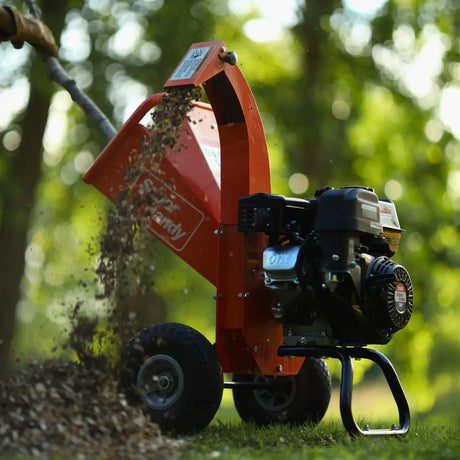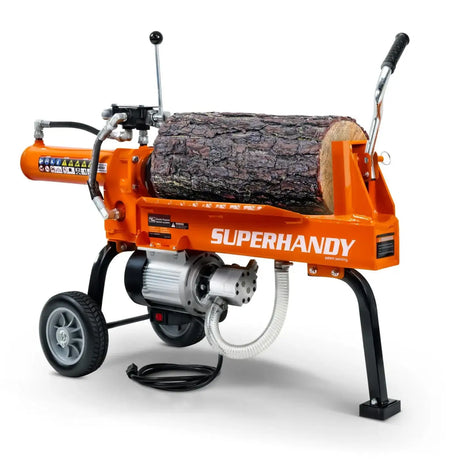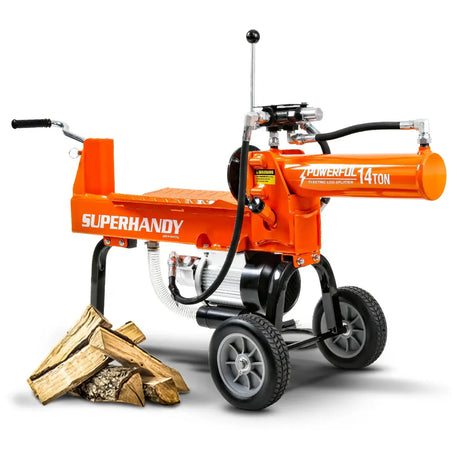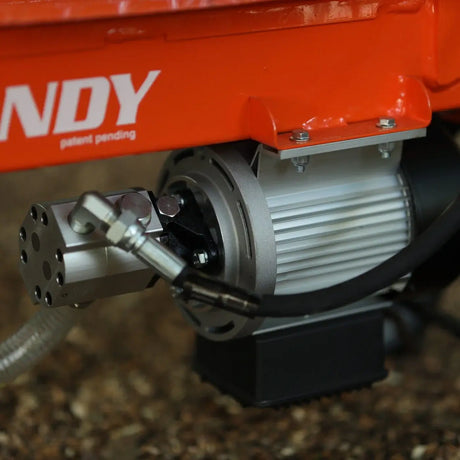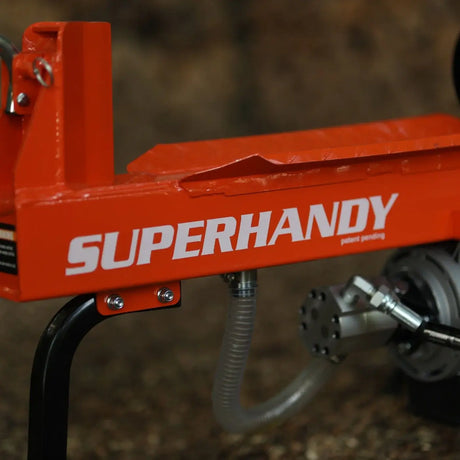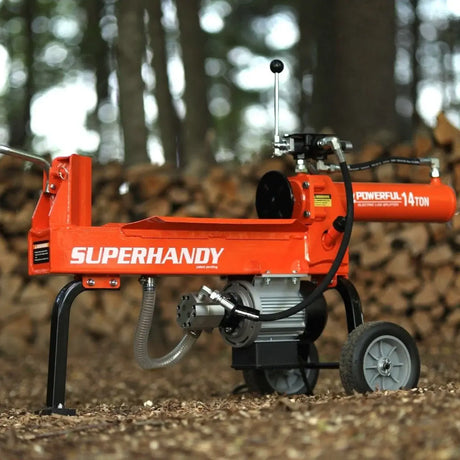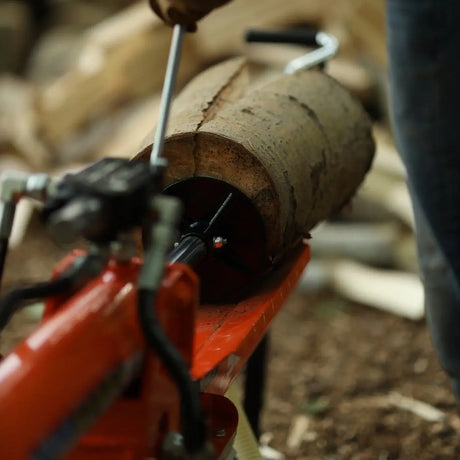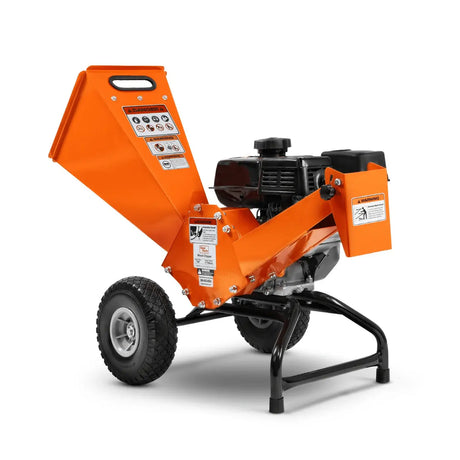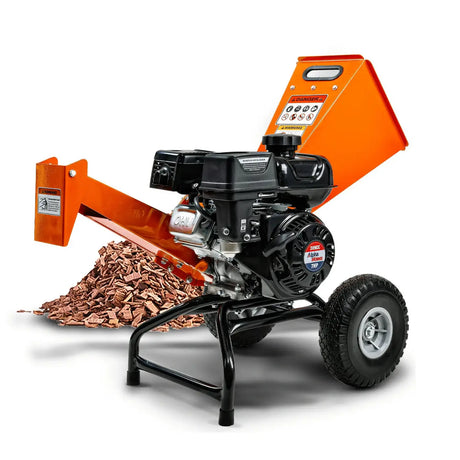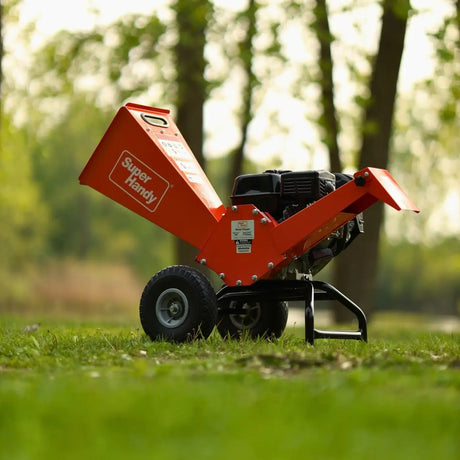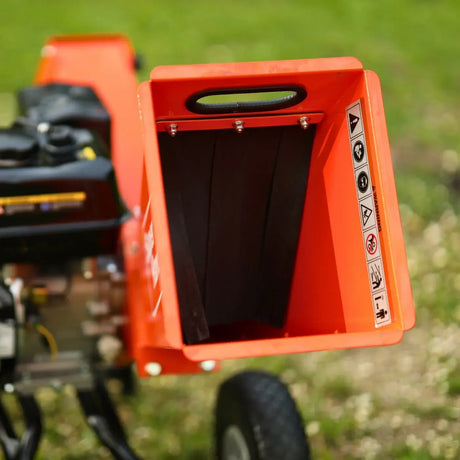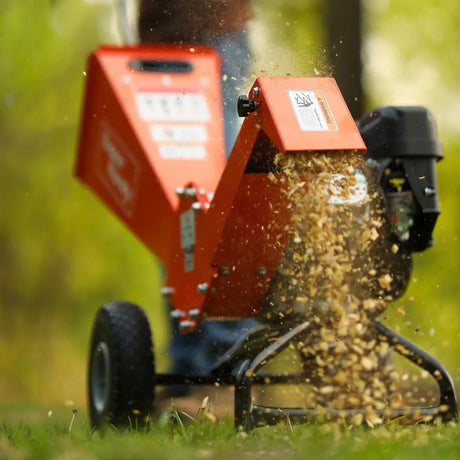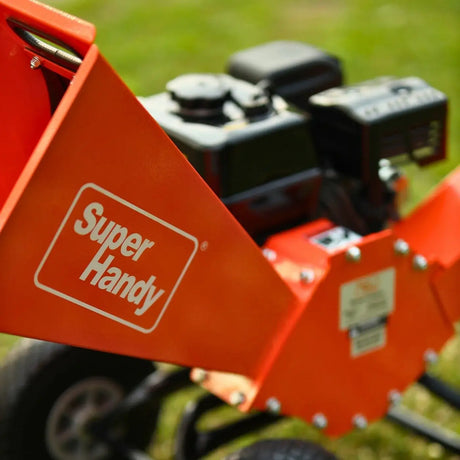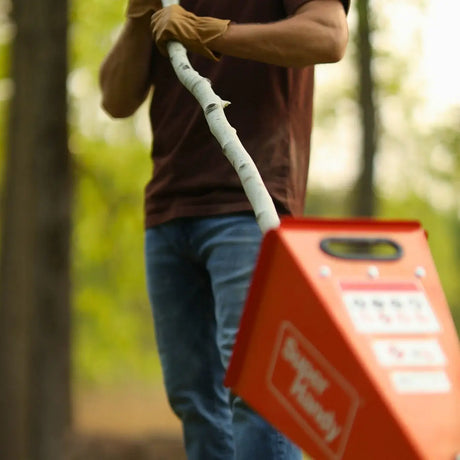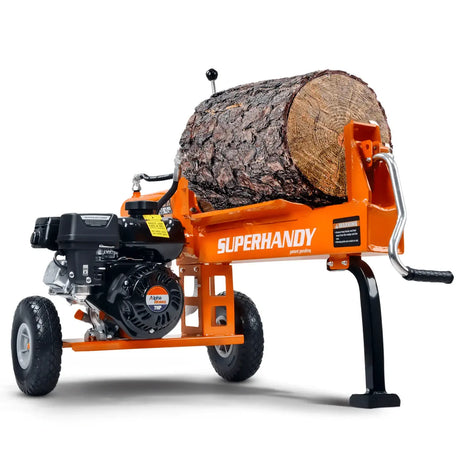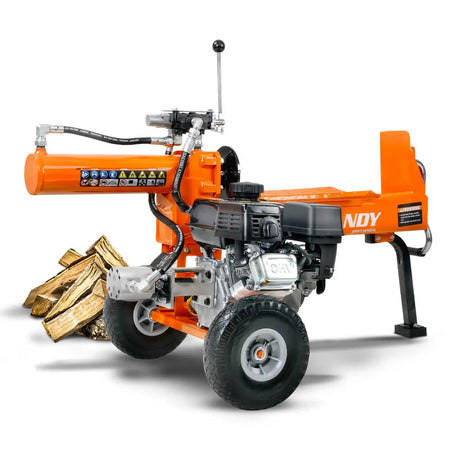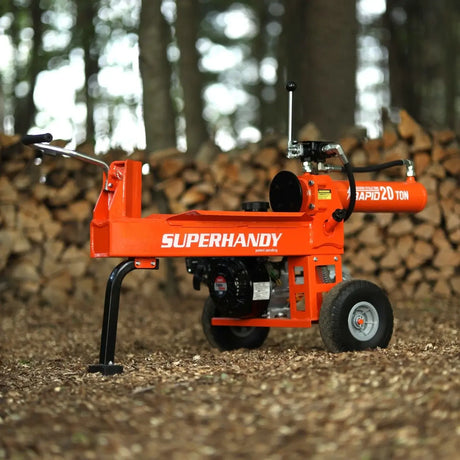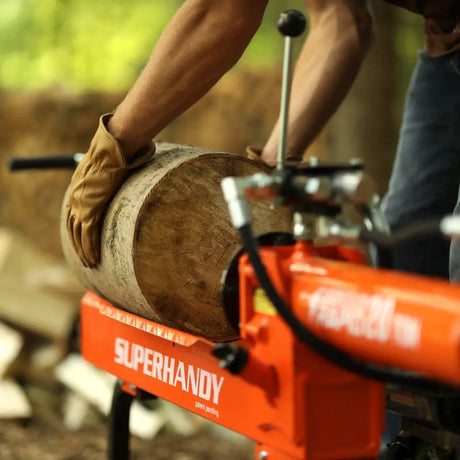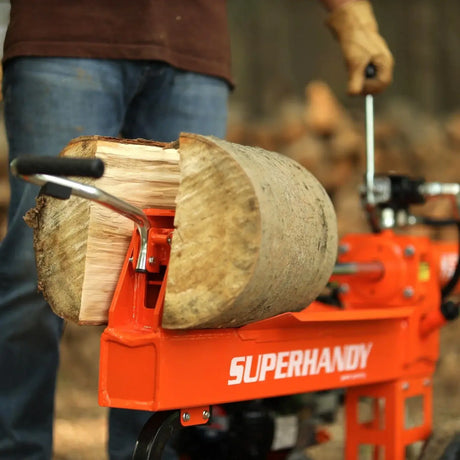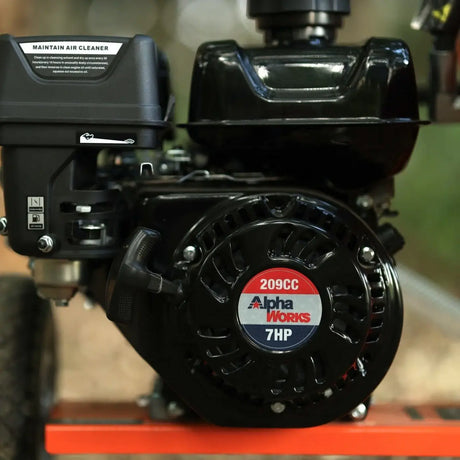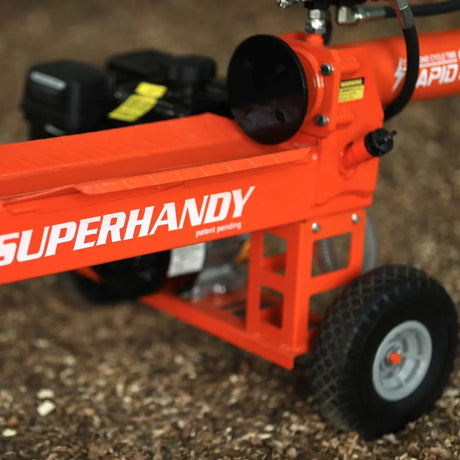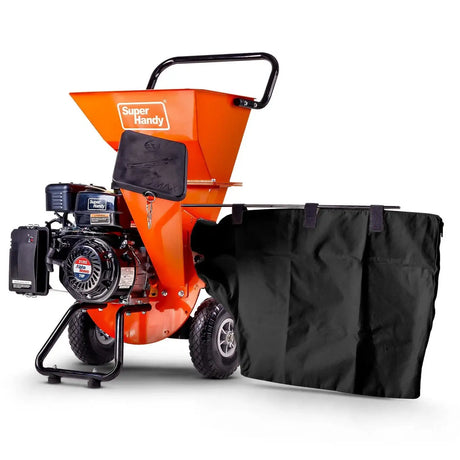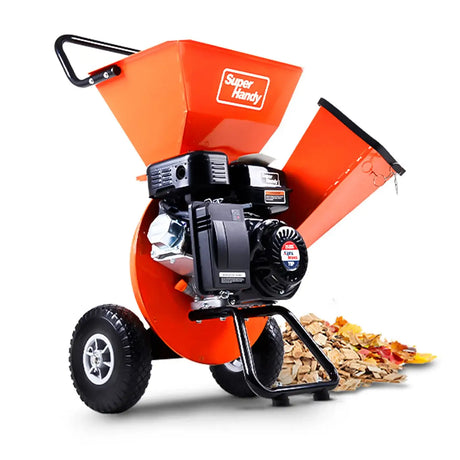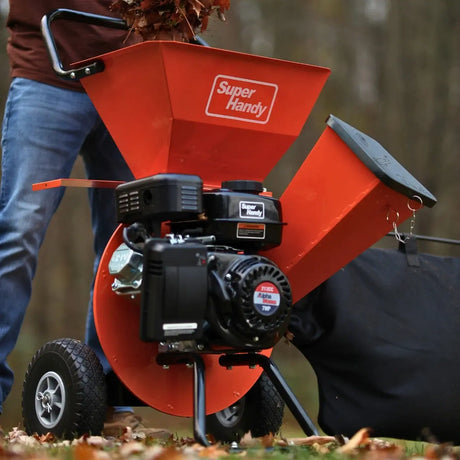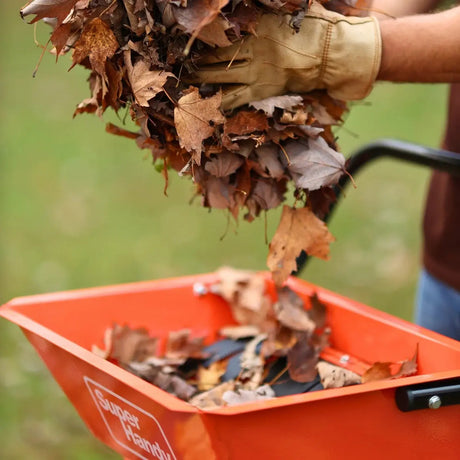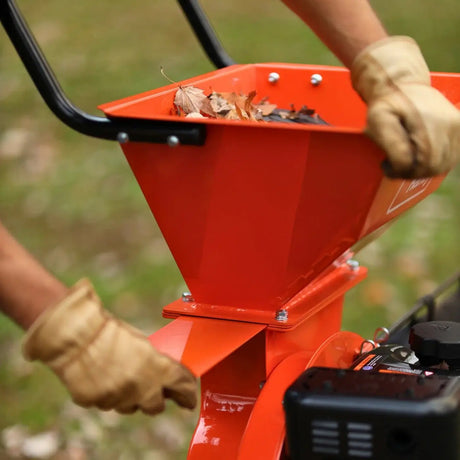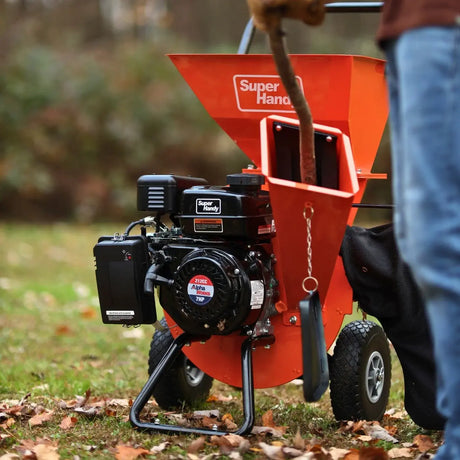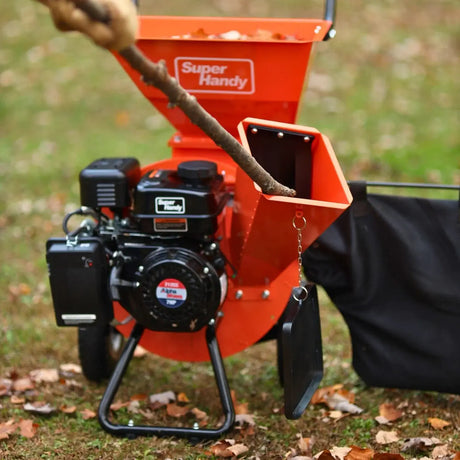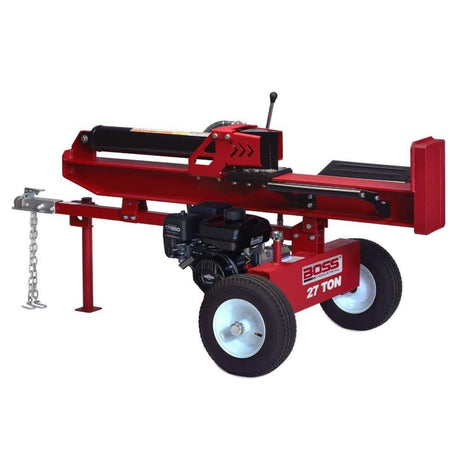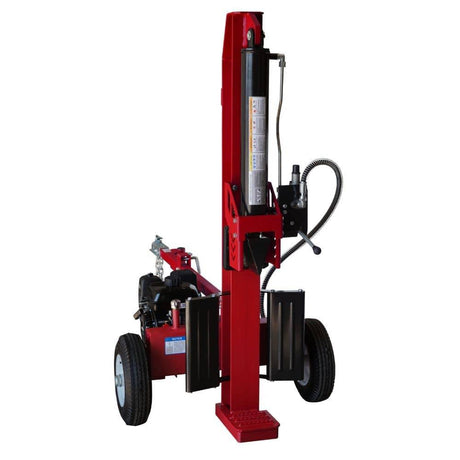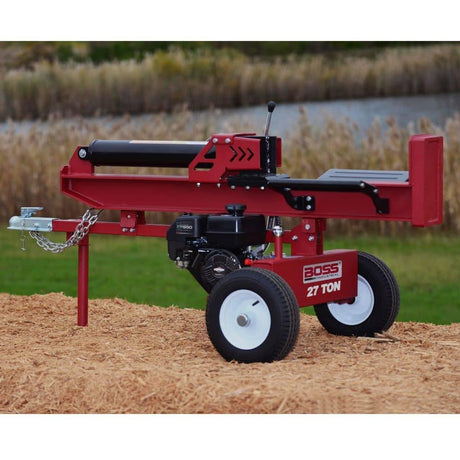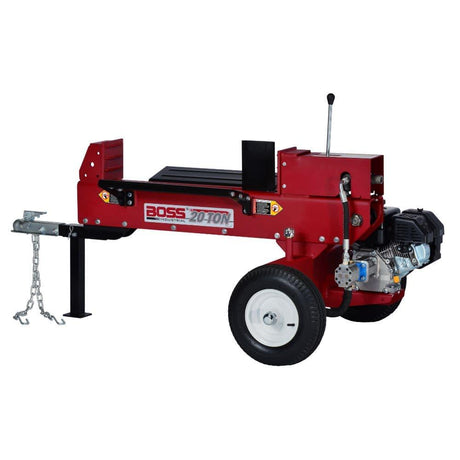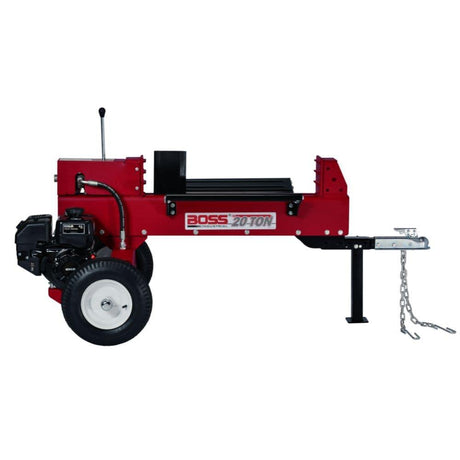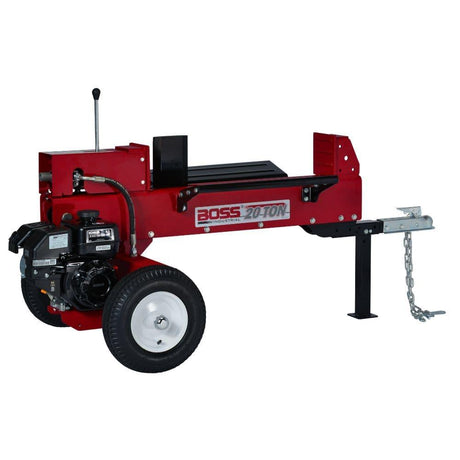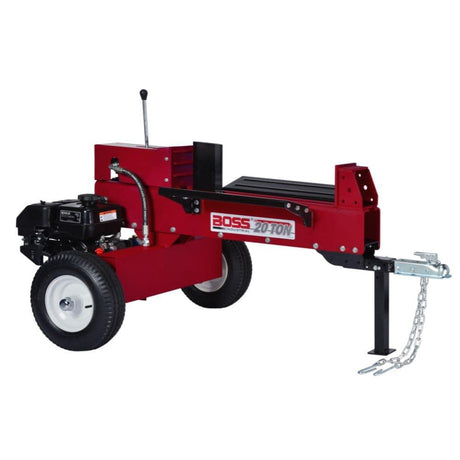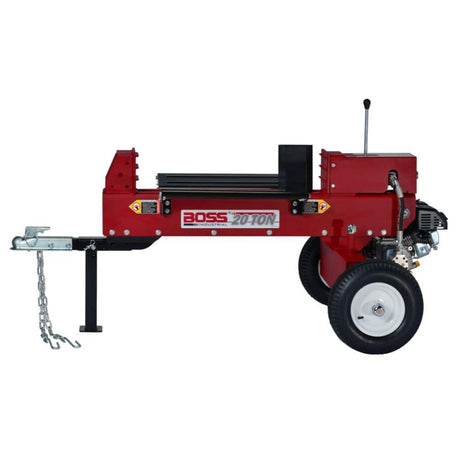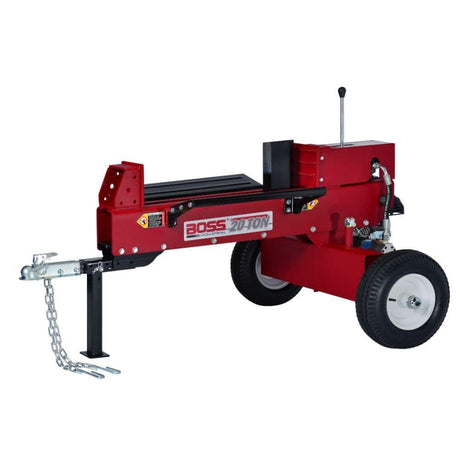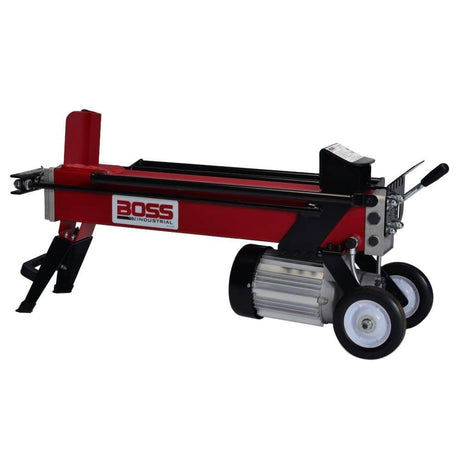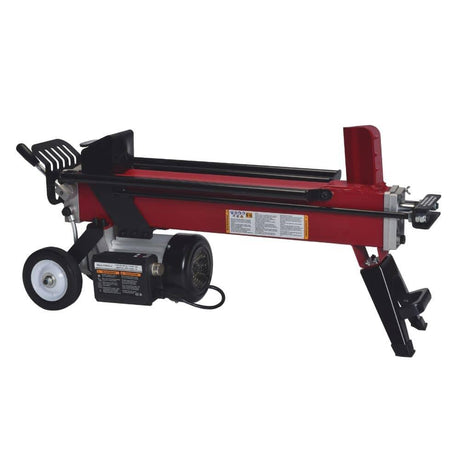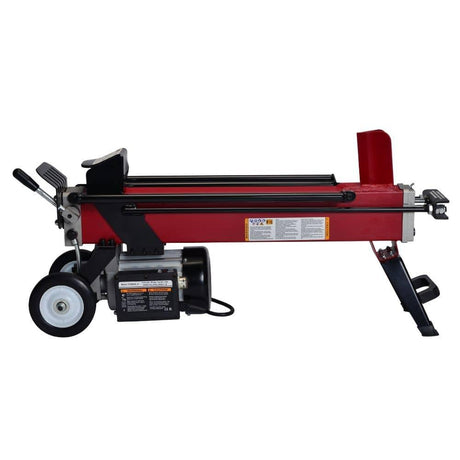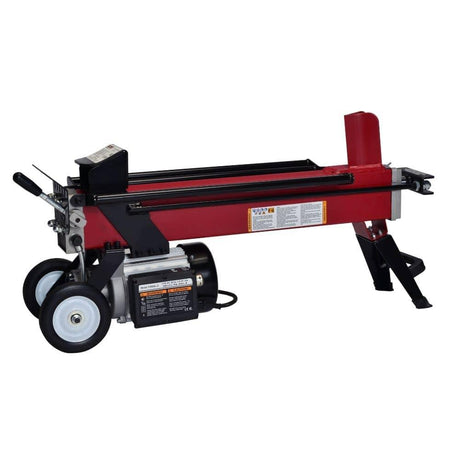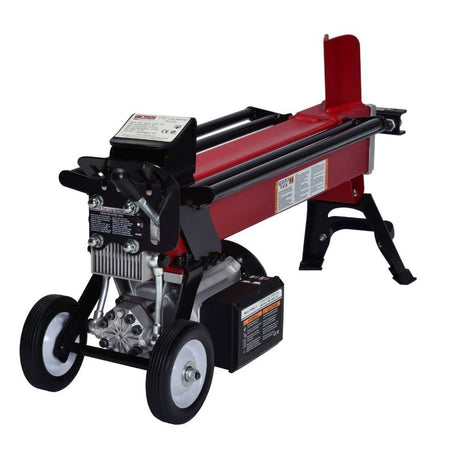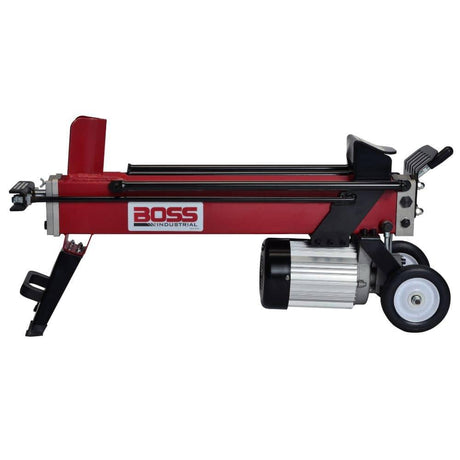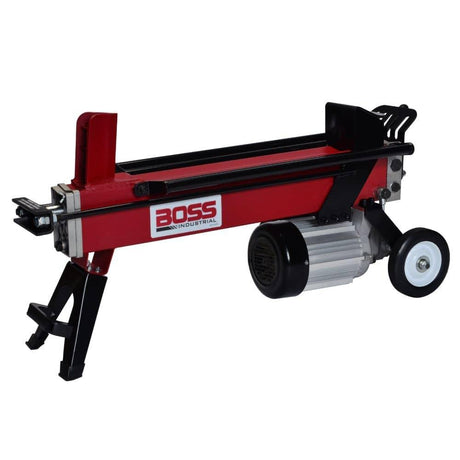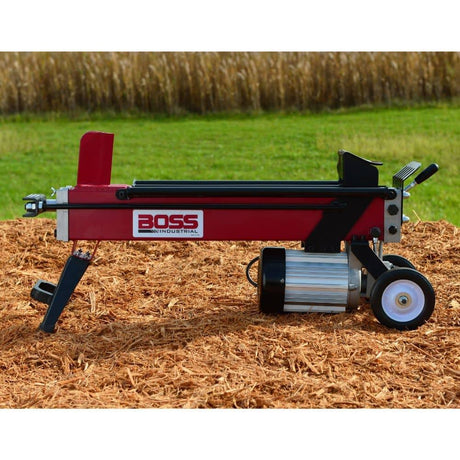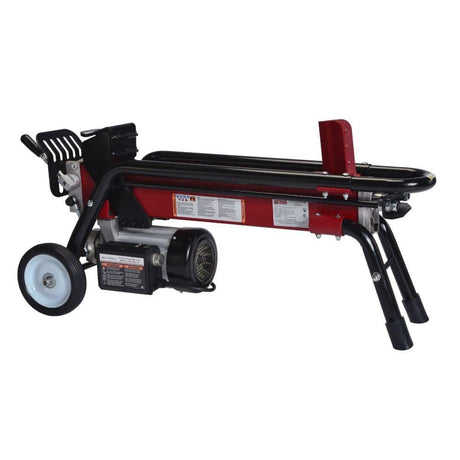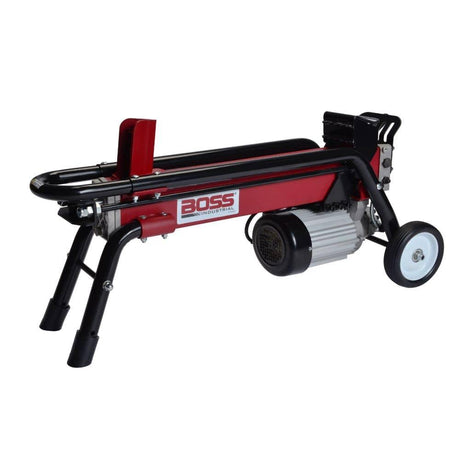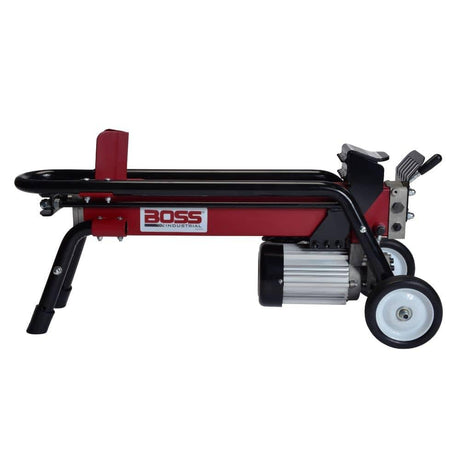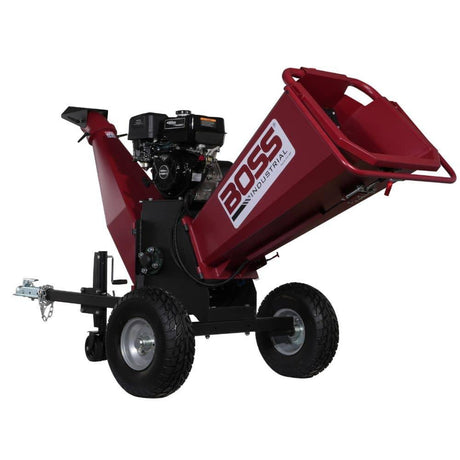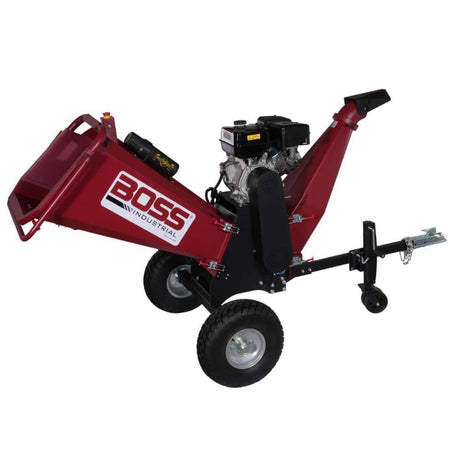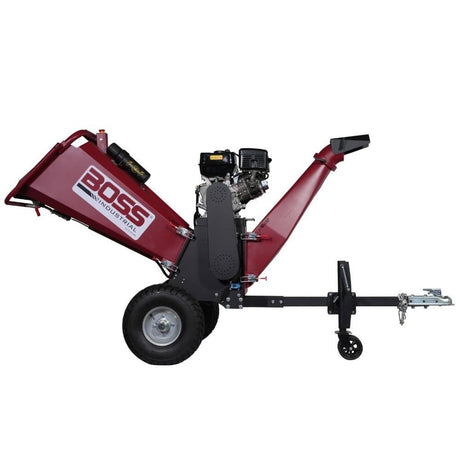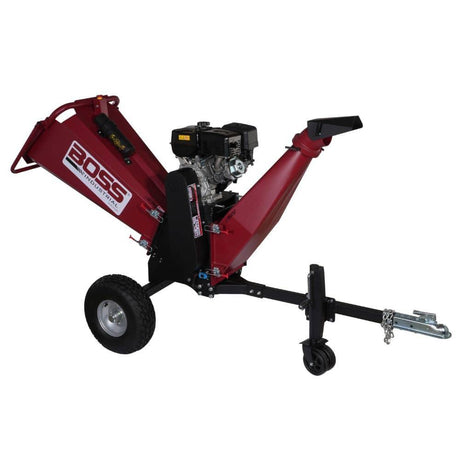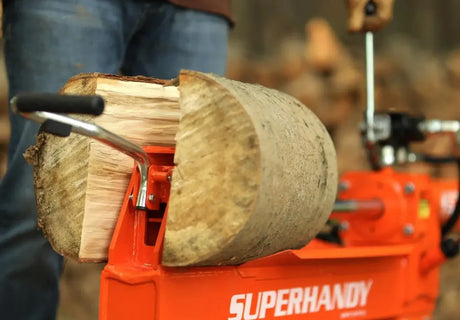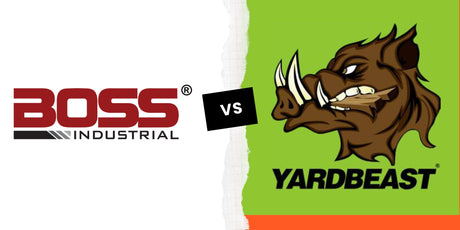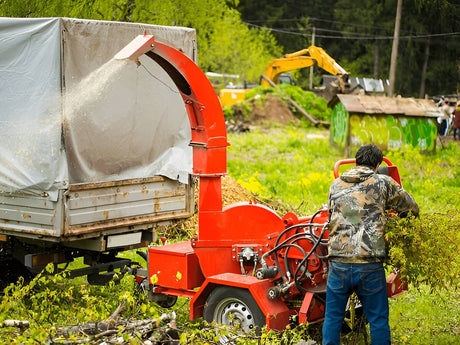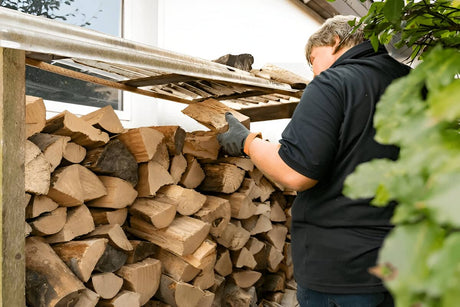Not all stumps are created equal. Whether a tree regrows after stump grinding comes down to one thing: its root system. Some roots go deep and die off quietly. Others spread wide, aggressively trying to sprout back. If you've ever seen shoots popping up around a freshly ground stump, you know the frustration.
Quick tip: If you're dealing with fast-growing species like willow or maple, expect sprouts within 2–4 weeks unless the job goes deep—or you intervene with herbicide.
Let's break down exactly how deep roots go by species, what kind of grinding depth is needed, and how to make sure the job gets done right.
If you’re wondering what comes next, check out our What to Do After Grinding a Stump: Your Complete Guide to keep sprouts at bay.
Key Takeaways
- 🌳 Trees like poplar, willow, and maple have shallow but aggressive roots that often sprout back.
- 🌲 Oak and pine have deep taproots that rarely regrow after grinding.
- 🔧 Standard stump grinding removes 4-6 inches, but 6-12 inches is often needed for shallow-rooted species.
- 🧪 Combine stump grinding with herbicide or root removal for high-risk species.
Root Depth & Regrowth Risk by Tree Species
Here's a detailed table comparing root depth, behavior, and recommended grinding depth by species. This gives you a clear idea of what to expect after grinding and how deep you really need to go.
| Tree Species 🌳 | Typical Root Depth | Root Characteristics | Recommended Grinding Depth | Regrowth Risk |
|---|---|---|---|---|
| Oak (White/Red) | 2–3 feet (60–90 cm) | Deep taproots with lateral roots; less likely to resprout. | 4–6 inches | Low |
| Maple (Sugar/Red) | 1–2 feet (30–60 cm) | Shallow roots with wide radial spread; prone to regrowth. | 6–12 inches | High |
| Willow | 2–3 feet (60–90 cm) | Aggressive lateral roots; high likelihood of resprouting. | 6–12 inches | High |
| Poplar | 1–2 feet (30–60 cm) | Shallow, extensive lateral roots; frequent sprouting from roots. | 6–12 inches | High |
| Pine | 2–3 feet (60–90 cm) | Deep taproots; decomposes quickly, low regrowth potential. | 4–6 inches | Low |
| Elm | 2–3 feet (60–90 cm) | Wide lateral roots; moderate regrowth potential | 6–12 inches | Medium |
| Ash | 1–2 feet (30–60 cm) | Shallow roots with moderate sprouting potential | 6–12 inches | Medium |
What This Table Shows
This table breaks down five critical pieces of information:
- Tree Species - Focused on the most common backyard and urban trees.
- Typical Root Depth - Based on studies and arborist field data.
- Root Characteristics - Whether roots grow deep, spread wide, or behave aggressively.
- Recommended Grinding Depth - The minimum depth to prevent regrowth.
- Regrowth Risk - High, medium, or low-so you know where to focus your efforts.
It's a simple, visual way to determine whether stump grinding alone is enough, or if you'll need to take extra steps like herbicide application or full root removal.
If you’re thinking beyond regrowth, see our Best Firewood for Heat per Dollar: BTU Output by Tree Species for heat efficiency tips.
🧠 Not All Roots Are Equal
Don’t judge by the trunk size alone. A small tree with aggressive shallow roots (like poplar) can cause more regrowth trouble than a massive oak. Know your species before grinding shallow and calling it done.
How to Use This Data in Real Life
1. Estimate Your Grinding Depth Needs
Let's say you just took down a red maple. Looks clean, but the roots? They're likely to keep going. That tree's in the high regrowth category. You'll want to:
- Grind deeper: at least 6-12 inches.
- Watch for new shoots over the next several weeks.
- Apply herbicide directly to fresh cuts if sprouts emerge.
Now compare that to a white oak. Big taproot, slower metabolism. Standard grinding (4-6 inches) is usually all you need. Roots rot down naturally.
2. Avoid Common Mistakes
- Don't assume one depth fits all - Shallow-rooted species need deeper grinding.
- Skipping deeper grinding on poplars or willows? You'll likely see new growth in weeks.
- Neglecting post-grind care - Letting sprouts grow drains energy but gives roots a reason to keep trying.
Another common mistake? Assuming one grind pass is enough. In some cases, you may need a second grind a few weeks later to stop stubborn roots from reactivating.
3. Choose the Right Tools or Service
If you're renting a stump grinder:
- Choose a model that can go deeper than 6 inches if you're dealing with maple, elm, or willow.
- For really aggressive root systems, vertical or industrial grinders (12"-20" depth capacity) can make a difference.
If hiring a pro:
To budget your project, use our Stump Grinding Cost Estimator by Diameter & Location (2025) for a quick cost estimate.
- Ask them how deep they grind by default-not all services go past 4 inches unless requested.
- Mention the species. A good stump grinder will adjust their approach based on the tree type.
Final Thoughts
- Deep-rooted trees like oak and pine? 4-6 inches is enough.
- Shallow, aggressive species like maple, poplar, and willow? Go deeper-6-12 inches minimum-and follow up with monitoring or herbicide.
Knowing your tree's root system is the difference between a clean finish and months of surprise regrowth.
👉 Need the right gear for your stump job? Explore our top-rated stump grinders built for residential and commercial use.

